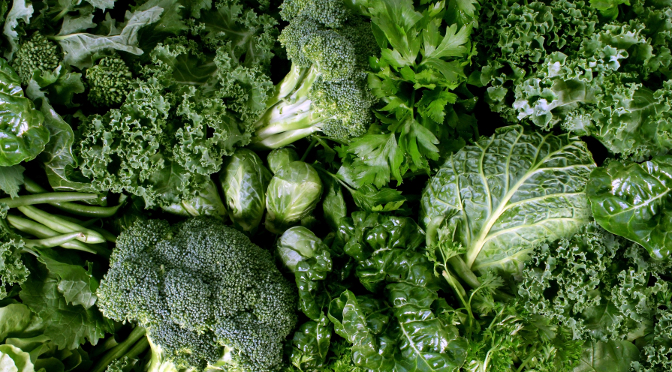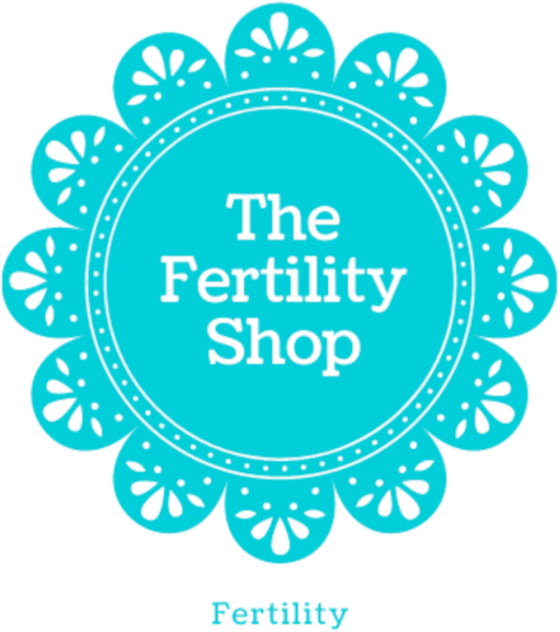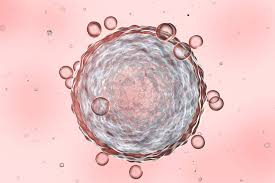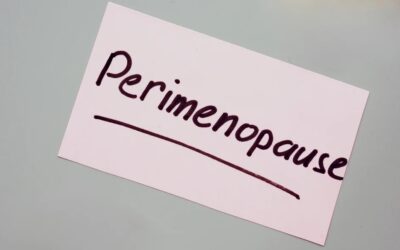
What are Folates
Very simply, folates (plural) are found naturally in foods such as dark green vegetables, oranges, seafood, beans and legumes (e.g chickpeas and lentils) and dairy products. Within those foods, there would be varying sub-category forms of natural folates, which all share a similar ‘architecture’ but they are still all natural folate. Imagine a patchwork quilt. Each square is slightly different but the general colours form a theme or pattern.
A synthetic form of vitamin B9 is usually called ‘folic acid’. This is commonly found in supplements and fortified foods (where a nutrient has been added to a food product).
Foods like commercially mass-produced bread and breakfast cereals may lack naturally occurring folate, so a company will add synthetic folic acid to nutritionally improve levels. You will see the same with added iron or other B vitamins. This is where the public can perceive a food to be high in a nutrient when actually a synthetic form of the nutrient has been added. Folic acid is also stable because it is more resistant to heat and therefore favoured in manufacturing and processing.
If you were to pick spinach from your garden and eat it, you would not be ingesting folic acid. This is a very common misconception. You would be ingesting folates.
EU law stipulates that even supplements containing folate, need to be labelled as folic acid. This means that we have to be our own detectives. If the product does contain folate, it’s likely to be labelled elsewhere on the product, for example in the nutrition information panel (as opposed to the front of the bottle). Our Wild Nutrition Formulas use only natural folate, despite needing to be labelled in this way.
What do we need folate for?
- Folate is required during pre-conception and for the first 12 weeks of pregnancy, to support the prevention of neural tube defects (such as spinal bifida) and this is usually in the form of folic acid. Taking folate through food and food-form supplementation beyond 12 weeks of pregnancy is recommended for health reasons beyond neural tube defects. Children of all ages and stages should be eating folate-rich foods as part of healthy development.
- Healthy blood in general and to prevent the folate deficiency, anaemia
- Folate is required for healthy cell division, which is partly why it’s so important in early pregnancy but also into infancy and childhood.
- Folate is also required for a healthy immune system (low levels of folate may affect white blood cell division).
- Folate is required for the reduction of tiredness and fatigue
- Folate plays a role in psychological function
Natural vs synthetic nutrients – absorption is the difference
Nutrients found in food or supplements in Food-Grown (food form), will be more bioavailable for some key reasons:
1. Food form folate provides all the patches of the ‘quilt’ has the necessary co-factors such as fatty acids, proteins and enzymes. These act as teammates to help the nutrient to get to where it needs. Synthetic nutrients which are effectively an isolated nutrient without these co-factors e.g folic acid.
2. Folate found in food or as a food form supplement will have naturally occurring Carrier Food Factors (CFF) which are a type of carrier protein. It’s the job of CFF’s is to chaperone nutrients, communicating with the body on a cellular level, to instruct how, where and when the nutrients are to be used. If you use the analogy that each CFF is an envelope with a different address, going to a different destination. Each destination in the body has its own address that is displayed in multiple areas of each cell. The CFF’s are then able to recognize this, lock into it and deliver the nutrient to the correct address within the human system. Our Food-Grown Folate was formulated with this in mind).
3. Food form folate is ‘methylated’. Methylation is a normal biochemical process that allows one form of a nutrient or substance to be made into something else. Folic acid would be an example of an unmethylated form of vitamin B9 whereas 5-methyltetrahydrofolate is a form of methylated folate (see ‘methylation’ below).
What is homocysteine?
When we eat protein-containing foods, we will be producing a specific amino acid called methionine. This methionine gets converted into a substance called homocysteine. Homocysteine must be at a healthy level otherwise, over time, it can cause damage elevated homocysteine is implicated in brain and mental health conditions, subfertility, cardiovascular conditions and more. Nutritional therapists can run a simple blood test to identify your level of homocysteine. Eating folate-rich foods and taking a supplement in food form, should support healthy homocysteine levels (along with vitamin B12) because of a process called methylation.
What is methylation?
Methylation converts homocysteine back into a substance that is needed for critical health. This process requires folate and Vitamin B12 to do this efficiently.
Research has shown us that some people are born with a genetic issue, called MTHFR, where they cannot produce an enzyme that allows 1 step in the methylation process to take place. Therefore these individuals must be taking folate through food and food form nutrients rather than synthetic forms like folic acid. Using a food form of vitamin B9 will also support healthy homocysteine levels.
Indeed, those carriers of the MTHFR are more at risk for elevated homocysteine if they don’t use food forms of vitamin B9. This is because homocysteine must be converted back into useable methionine for other critical health processes. If you lack this capacity because of a genetic issue, the way to get around this is to only consume folate food form and supplement with folate as it’s a pre-converted form. MTHFR sufferers will not be able to convert the folic acid because they lack the enzyme to complete the conversion process to turn higher levels of homocysteine safely back into methionine.
Buy food grown folic acid here

This article was posted by Wild Nutrition written by Henrietta Norton





0 Comments